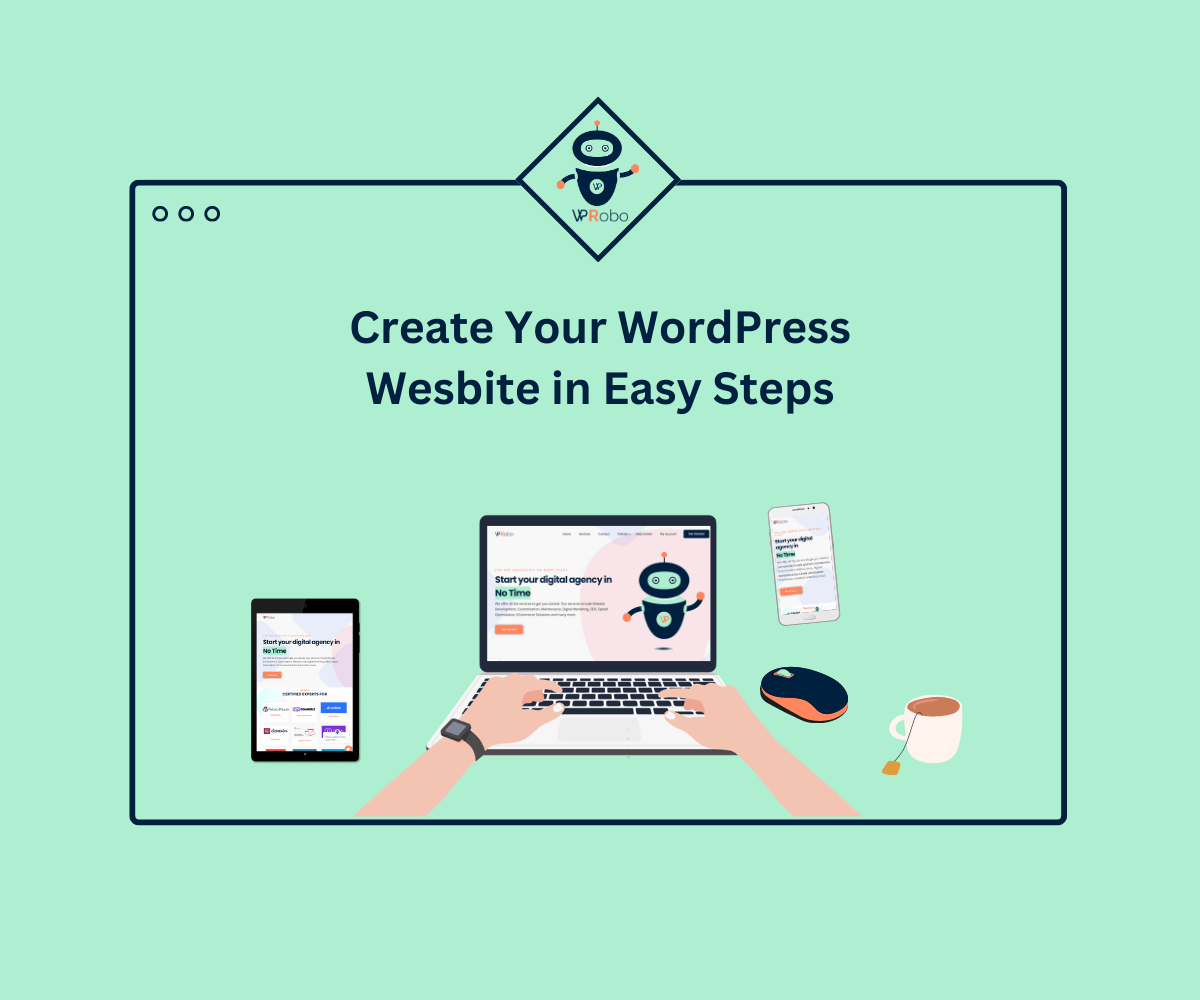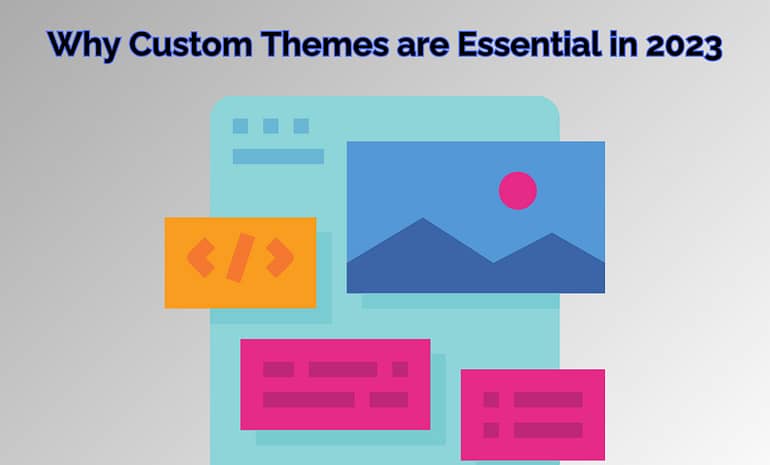Designing a WordPress Site: From Concept to Launch
Designing a WordPress site can seem like an easy task, but if you need more complex functionalities, then it can be complex. Especially if you’re not familiar with the platform. However, with the right approach, you can turn your concept into a successful website that achieves your goals. In this article, we’ll guide you through the process of designing a WordPress site from concept to launch.

Step 1: Define Your Goals and Objectives:
Before you start designing your website, you need to define your goals and objectives. What purposes do you want to achieve with your website? Do you wish to spread knowledge, produce leads, or sell goods? You may build a website that matches your particular demands by clearly defining your goals and objectives.
Step 2: Plan Your Website’s Structure:
Once you’ve defined your goals and objectives, it’s time to plan your website’s structure. This involves creating a site map that outlines the different pages and sections of your website. Your site map should be organized in a logical and intuitive way that makes it easy for users to navigate.
Step 3: Choose Your Theme:
The theme of your website affects how it appears and feels. There are a huge number of WordPress themes available, both free and premium. When choosing your theme, consider your brand’s identity, your target audience, and your website’s goals. You should also look for a theme that is responsive and optimized for search engines.
Step 4: Customize Your Theme:
Once you’ve chosen your theme, it’s time to customize it to match your brand’s identity. This involves changing the colors, fonts, and images used in the theme. You may also want to add your logo and other branding elements. Customizing your theme can be done through the WordPress Customizer or by editing the theme’s code.
Step 5: Install and Configure Plugins:
WordPress’ plugins are like apps for your website. They add functionality to your site and can help you achieve your goals. Some essential plugins for any WordPress site include a caching plugin, a backup plugin, and a security plugin. You may also want to install plugins that help with SEO, social media, and e-commerce.
Step 6: Create Your Content:
Your website’s content is one of its most important elements. It should be informative, engaging, and optimized for search engines. When creating your content, consider your target audience and your website’s goals. You should also aim to create a consistent voice and tone throughout your site.
Step 7: Test Your Website:
It’s crucial to test your website properly before publishing it. Functionality, usability, and compatibility testing with various devices and browsers are part of this. You may also want to ask friends or family members to test your site and provide feedback.
Step 8: Launch Your Website
It’s time to launch your website after testing it and making any required modifications. This involves making your website live on the internet and making any necessary adjustments to your domain name, hosting, and other settings. You should also consider promoting your website through social media, email marketing, and other channels.

Tips and considerations:
In addition to the steps outlined above, there are a few more things to keep in mind when designing a WordPress site. Following are some suggestions and things you should think about:
Choose the right hosting provider:
Your website’s performance and uptime depend on your hosting provider. Choose a reputable provider that offers reliable hosting and good customer support.
Use a responsive design:
More and more users are accessing the internet on mobile devices, so it’s important to use a responsive design that adapts to different screen sizes.
Create a clear call to action:
Your website’s goal is to drive users to take a specific action, whether that’s making a purchase, filling out a form, or contacting you. Ensure that your call to action is clear and accessible.
Monitor your website’s analytics:
Use tools like Google Analytics to track your website’s traffic, user behavior, and conversions. This can help you make informed decisions about how to improve your website over time.
Use clear and concise language:
Your website’s content should be easy to understand and free of jargon. To break up your content and make it simpler to read, use headings, subheadings, and bullet points.
Create a logical navigation structure:
Your website’s navigation should be organized in a way that makes sense to users. Use descriptive labels for your menu items and consider using drop-down menus for subcategories.
Make it easy to find information:
Use a search bar and clearly labeled categories to help users find the information they’re looking for quickly.
Use high-quality images and videos:
Visual content can help make your website more engaging and memorable. Make use of videos and photographs of the highest quality that are appropriate for your content.
Optimize your website for search engines:
Search engine optimization (SEO) can help your website rank higher in search results and attract more organic traffic. Use keywords, meta descriptions, and other SEO best practices to optimize your website for search engines.
Regularly update and maintain your website:
A website that is outdated or neglected can reflect poorly on your business. Regularly update your website with fresh content, and perform routine maintenance tasks such as backups, security checks, and software updates.
Incorporate social media:
Social media is a powerful tool for promoting your website and engaging with your audience. Incorporate social media buttons or widgets on your site to encourage users to share your content and follow you on social platforms.
Conclusion:
Designing a WordPress site from concept to launch requires careful planning, attention to detail, and a commitment to your goals and objectives. By following the steps outlined in this article, you can create a successful website that meets your needs and achieves your goals. When designing a WordPress site, it’s important to take a comprehensive approach that considers all aspects of your website’s design, functionality, and performance.
If you need assistance with designing your WordPress site, consider contacting the WPRobo. We offer WordPress design and development services that can help you with all aspects of your website, from concept to launch. Contact WPRobo for more information.



